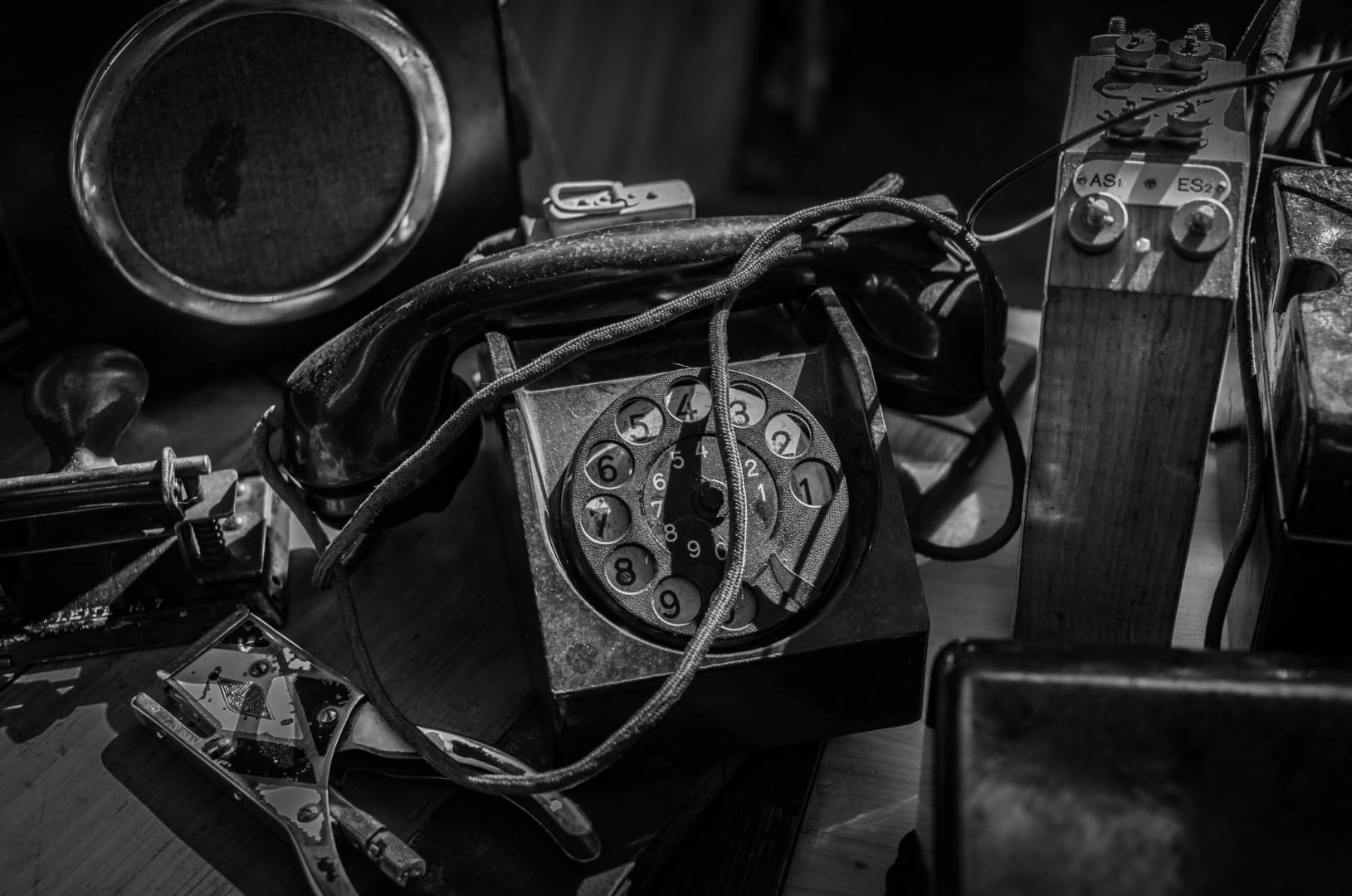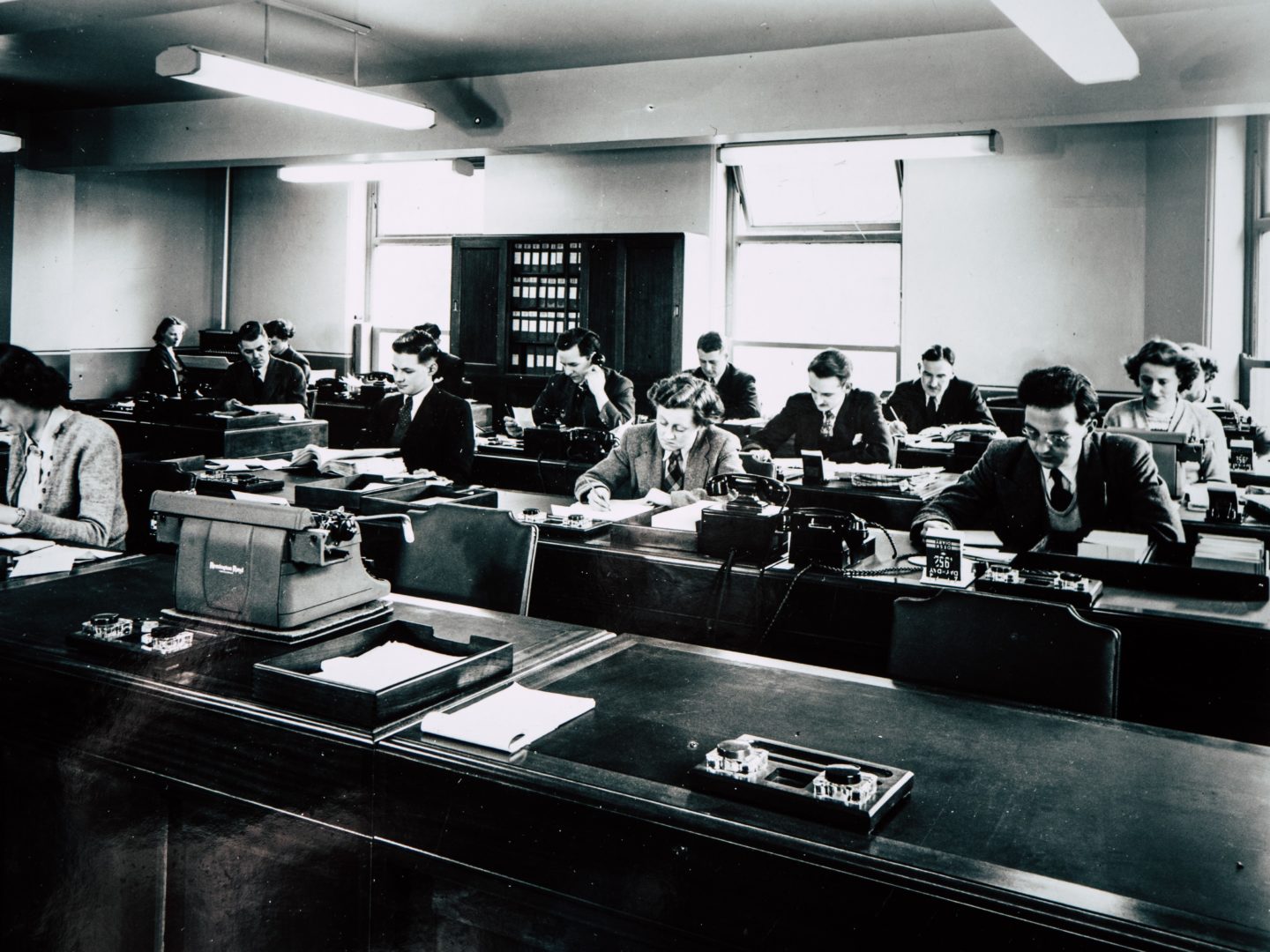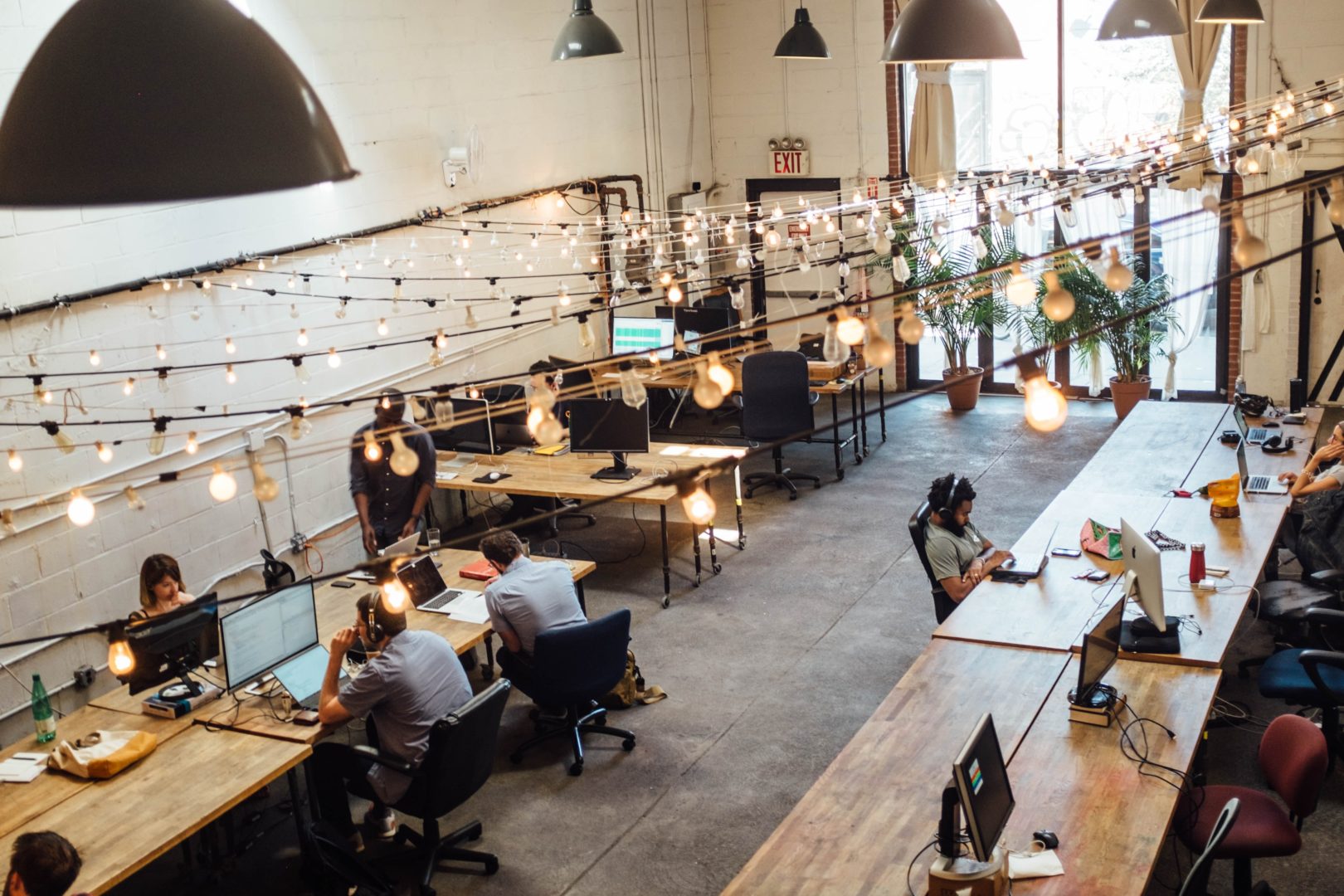
The workplace of the present looks completely different from what it was just a few decades ago - or even a few years ago!
The dynamic of offices has shifted dramatically in the last few years, with fewer people actually in the office, but businesses are making more progress than ever before.
The future of physical offices consists of collaborative spaces mixed with virtual offices. However, these innovative workplaces wouldn’t be where they are today without their past. In this article, we’ll look at the evolution of the workplace, with information about its past, present and future!
So, how did we get from the first workplace to the office of today? Looking at the fascinating history of offices will tell you!
The first historic offices may have been established in Ancient Rome; they were communal places where people would collaborate on similar tasks. However, they didn’t become more widespread until the 18th century.
From the 1700s, dedicated office buildings were created. The first was in London - it was called the Old Admiralty Building and it still stands today. It was created to deal with the amount of paperwork created by the Navy across the empire.

The success of having a workspace where lots of people were all together was recognised by people in London, and the East India House was quickly created. This office oversaw the East India Trading Company. It was used for work and also stored lots of paperwork (remember that this was centuries before The Cloud!).
Throughout this era, it was generally the bosses of any businesses who would work together in an office. However, as businesses grew and hired more employees throughout the 19th century and at the turn of the 20th century, open-plan offices became popular. They consisted of rows of people sitting on desks in lines, with bosses constantly hovering around seeing what people were doing!
These workplaces were a far cry from that of the present, where there’s much more of an emphasis on collaboration, connectivity and mental health for employees! Instead, the bosses demanded as much work as possible from every employee, didn’t allow them to speak to one another and forced them to work as many hours as possible.
The invention of technology, like electricity, elevators and air conditioning systems caused large buildings (the first skyscrapers!) to be constructed in cities like London and places across the USA.
As more skyscrapers were built, increasing numbers of offices were constructed with features like open-plan offices, private offices, canteens and even some meeting rooms.
In fact, some offices were created with acoustics and ‘warmer’ spaces in mind, with the idea that making their staff feel more comfortable might increase productivity at work. This is something we know now to be very true, but that was overseen before this era!
However, World War Two caused many offices to close down or change focus. Many men went off to war, so the workplace became a female-dominated space.
This led to the 1960s, which is when the structure of offices really boomed and started to resemble today’s workplace.
The concept Burolandschaft started in Germany and spread across Northern Europe; there was an emphasis on the needs of office workers and creating a space where people could interact and share ideas. This was the first stage of workplace collaboration, something which is incredibly important to this day!

The 1960s was also when suburbs started to be built, with cities like London rapidly expanding. It became much more common to work in an office, although computers were still quite rare. Instead, people worked on typewriters and by hand. It wasn’t until the 1980s when everyone had their own computer to perform tasks on - and then it was a bulky desktop computer.
The 1980s saw people become a little more reclusive, with the invention of box cubicles where people would have their own computer and desk space. By the 1990s, people all over the world were working in offices, and as the internet started to become more widespread, businesses expanded globally.
But it wasn’t until the 00s when people started working from home, with workers starting to spend more time out of the office.
Offices of the present are going through a digital transformation. Remote work is becoming more common, with 43% of Americans spending at least some time working remotely. Thanks to modern technology, it’s becoming increasingly possible for more people to work remotely and to be just as - or even more - productive than they would be inside an office.
There are several parts of technology that have made this possible. For example, interactive displays, like those we sell at Avocor, are a fantastic interactive whiteboard alternative and function as more or less a giant tablet, mounted on the wall with powerful applications.
It’s seamlessly easy to collaborate with employees and colleagues using this technology; you can host meetings as if they are there and collaborate effectively using a range of different tools.
Another technology that has made remote work possible is cloud-based software, which helps remote employees collaborate from wherever they are in the world. Plus, conference calling software means that you can easily chat with any of your employees!
The workplace of today is less about physical workspaces and more about online connections, working in cafes and home offices.
It’s still heavily focused on collaboration, but with technology, you can effectively connect online. There are also countless other benefits to working remotely. It improves employee mental health, causes them to be more productive, and helps them fit their life around their work (or their work around their life).
Remote working was the norm during Covid-19 lockdowns when everyone except for the key workers did their daily work from home.
However, in 2021, some employees journeyed back into the office as the disease subsided. But most employees are now operating on a hybrid basis, working in the office some days per week and operating remotely on others.
The future of the workplace is looking fairly similar to the workplace of the present - but amplified. We’ve created lots of blog posts about the future of work and trends in 2022 and beyond, but here are some things that you could expect in the workplace in the next 20 years or so!

It’s no surprise that the workplace of today is completely different from how it was two hundred years ago, but what’s more shocking is the complete contrast between today’s workplace and the workplace of twenty years ago!
While there are lots of predictions for the future and evolution of the workplace, we think that some trends like remote work are here to stay. But there’s no stopping technology - the use of it will probably super-speed in the next few years, and who knows what the landscape of the workplace will look like by 2060. All we know is the workplace will continue to evolve in front of our eyes. Are you ready for it?
Keep up to date with all the latest from Avocor and partners and get information on upcoming events and exciting product news.